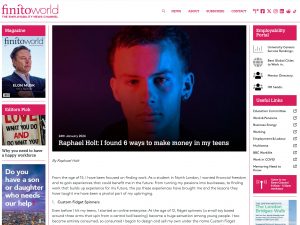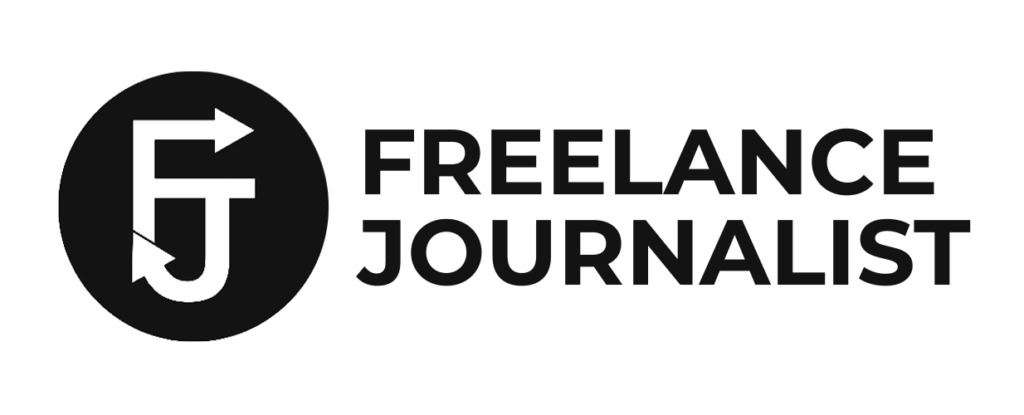In a paper on wearable technology the other day from a tech company, a list caught my eye: ‘Making the blind see, the deaf hear and sign language users speak. Helping dementia patients communicate.’
Then: ‘Helping the paralysed and disabled to walk and move.’
This comes straight out of the Bible. In Matthew, chapter 11, verse 5, Jesus says:
“The blind receive their sight, and the lame walk, the lepers are cleansed, and the deaf hear, the dead are raised up.”
Theology in action
So far, nobody’s predicting that wearable technology can bring the dead back to life, but for the rest, this is theology in action.
Of course, we’ve had wearable technology that can assist people with disabilities for decades. My younger brother is profoundly deaf and has worn a hearing aid since he was an infant in the 1960s.
Cochlear implants were developed commercially in the 1990s, inserting technology into the skulls of deaf people, to replace parts of their inner ear that were missing or inoperative.
For some, that was an extraordinary advance. There are now around 350,000 people worldwide with cochlear implants – mainly adults who lost their hearing after being able to hear and those given implants at a very young age. (It is less successful with adults like my brother who have been deaf from birth).
Subtitling conversations
Next steps: using wearable technology along with speech recognition software to provide instant subtitles for deaf people when they’re talking to someone. Or using sensors in gloves to translate sign language into the spoken word.
With an estimated 360 million people with severe hearing loss worldwide, there’s a huge potential market – plus the increasing millions who will lose their hearing in later life, as the population ages.
Technology to convert sound into visual signals and vibrations is advancing rapidly, with excellent prospects for deaf people to receive discreet alerts, when an alarm is going off, or when someone is calling them. Inserting sensors into people’s bodies will become increasingly common, along with sensors on their heads to pick up brain activity.
Expressing your thoughts
There are promising new developments from both Microsoft and Google for blind and partially sighted people, while Japanese company Necomimi’s wearable technology, originally developed as a cute gimmick for teenagers – the furry cat ears rise or fall according to what you’re thinking – have proved helpful for people with Alzheimer’s or severe brain damage, who struggle to express their thoughts in words.
To aid mobility, robotics companies like Ekso Bionics, based in California, are developing technologies that can assist paralysed people to walk. Honda and other Japanese companies are working along similar lines.
The more widely people appreciate disabled sports such as the Paralympics, the more integrated such assistance will become with other forms of wearable technology.
Modern miracles
These are all miracles of modern technology, for which millions of people are already deeply grateful. Hundreds of millions in future generations will benefit, scarcely realising that their ancestors had no such good fortune.
Indeed, such will be the ubiquity of wearable technology – for entertainment, information, environmental benefits or energy harvesting – that the social stigma that used to attach to things like hearing aids and prosthetic limbs is rapidly disappearing.
Thank God for that too.



